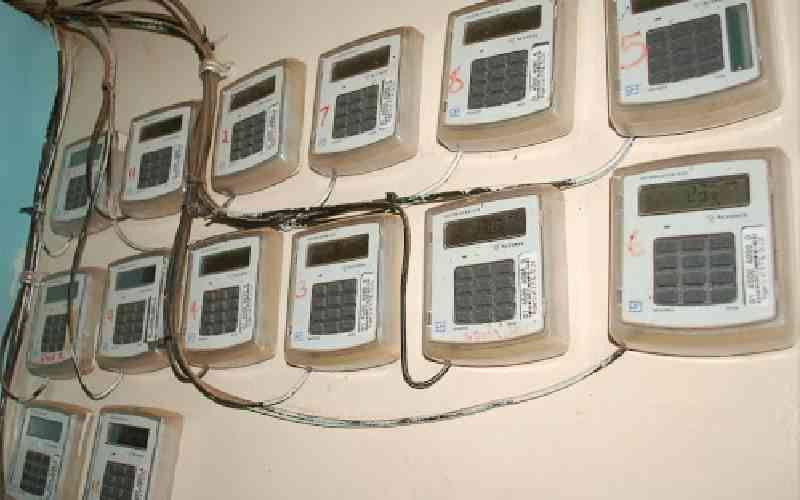Kenya Power profit after tax dipped by 92 per cent for the financial year ending June 30, 2019.
The dip is largely attributed to a huge appetite for short term loans by the power retailer, which it resorted to so as to finance some of its day to day operations, owing to inadequate cash flows.
The cost of servicing these loans went up 46 per cent during the year, denting earnings in a major way.
Net profit fell to Sh260 million in the year to June 2019 from Sh3.3 billion reported in the previous financial year.
The firm also attributed this to the sharp drop to an increase in non-fuel power purchase costs which rose by Sh18.1 billion.
The power distributor said non-fuel purchase costs increased from Sh25.8 billion to Sh70.9 billion following the commissioning of two power plants with a combined generation capacity of 360MW – Garissa Solar and Turkana Wind Power – during the period.
The non-fuel costs include the acquisition of power from producer and transmission of this to consumers’ homes and premises.
The firm is releasing the financials several months late, blaming it previously on the delays in the appointment of the Auditor-General, who audits State corporations.
The results published yesterday are, however, yet to be audited. The profits were slashed partly due to a tax charge of Sh72 million the company was slapped with.
“Finance costs increased by 46.4 per cent from Sh7.048 billion the previous year to Sh10.3 billion due to increased usage of short term borrowings to bridge cash flow shortfalls and unrealised foreign exchange losses,”
It added that non-fuel cost went up “following the commissioning of two power plants with a combined generation of 360MW during the period.”
Units of power sold, however, increased by 3.4 per cent, from 7,905 GWh (Gigawatt-hours) to 8,174 GWh due to an expanding customer base.
This, alongside an early 2019 tariff review to one that lowered rates for small commercial customers and broadened life-line tariff for domestic customers, led to revenue growth of Sh17 million.
This was from a figure of Sh95 billion the previous year to Sh112 billion in the year ended 2019.
Fuel cost charge, which is a pass-through cost incurred whenever power producer uses heavy fuel oil to generate power went down during the year, on account of good rains.
Stay informed. Subscribe to our newsletter
“Fuel cost decreased by Sh5.3 billion (or 22.5 per cent) from Sh23.6 billion the previous year to Sh18.3 billion due to improved energy mix following less utilisation of expensive thermal plants during the year. Units generated from thermal plants decreased by 904 GWh from 2,202 GWh the previous year to 1,298 GWh,” reads the report.
Kenya Power also noted a reduction in costs of transmission and distribution by 7.8 per cent (coming from Sh44.5 billion to Sh41 billion).
This was attributed to reduced provisions for trade and other receivables during the 2018/19 financial year.
That same year, finance income shot from Sh100 million to Sh118 million, while increased usage of short term borrowings led to increase of finance costs by 46.4 per cent, from Sh7 billion to Sh10.3 billion.
The short-term borrowings were to bridge cash-flow shortfalls and unrealised foreign exchange losses.?
 The Standard Group Plc is a
multi-media organization with investments in media platforms spanning newspaper
print operations, television, radio broadcasting, digital and online services. The
Standard Group is recognized as a leading multi-media house in Kenya with a key
influence in matters of national and international interest.
The Standard Group Plc is a
multi-media organization with investments in media platforms spanning newspaper
print operations, television, radio broadcasting, digital and online services. The
Standard Group is recognized as a leading multi-media house in Kenya with a key
influence in matters of national and international interest.
 The Standard Group Plc is a
multi-media organization with investments in media platforms spanning newspaper
print operations, television, radio broadcasting, digital and online services. The
Standard Group is recognized as a leading multi-media house in Kenya with a key
influence in matters of national and international interest.
The Standard Group Plc is a
multi-media organization with investments in media platforms spanning newspaper
print operations, television, radio broadcasting, digital and online services. The
Standard Group is recognized as a leading multi-media house in Kenya with a key
influence in matters of national and international interest.









